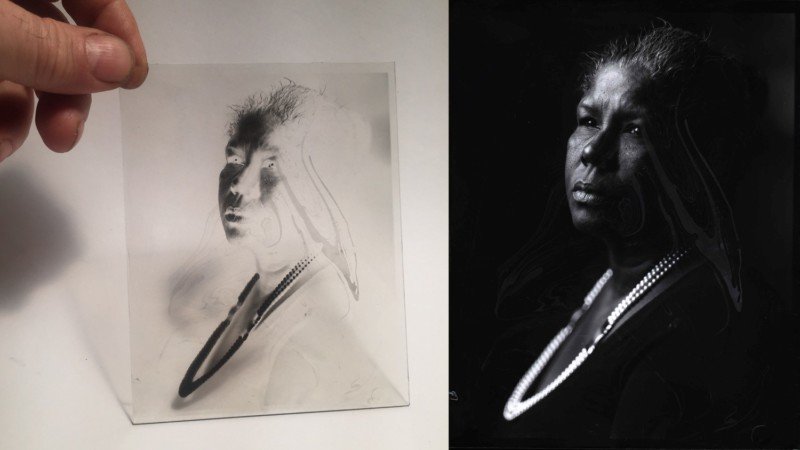
in the generation of the “selfie”, of the relentless click on-and-post images on social media, of the mega sensors replete with megapixels, we're witnessing an unpredictable resurgence of many historical photographic gadgets and techniques.
moist collodion (tintypes) and many other opportunity picture approaches are being keenly rediscovered nowadays and there's an ever-growing plethora of workshop to be had to those who need to study and exercise them.
A primitive photographer myself, a practitioner of what i love to define “sluggish photography” for most of my professional existence, I take a look at this phenomenon with awesome interest, questioning approximately what its private purpose is probably.
The great and light-fast technology that permeates our lives can turn out to be overwhelming at times. pictures are certainly one of the most large and instant types of verbal exchange nowadays, when an ever-lowering interest span makes just reading a few paragraphs a daunting project for lots.
on the identical time, creating virtual images is with out the tactile, hand-dirtying, artisanal, alchemic qualities typical of the silver procedure background.
today lenses and cameras are exactly designed and built by using computers, there's no extra space for the serendipitous human errors neither inside the photographic machines nor inside the pictures they produce. the entirety is simplified and automatic, bringing the unique Kodak Brownie advertising promise “ you press the button- we do the relaxation” to an almost dystopian stage, as a result hampering some peoples’ imaginative and prescient and their leisure of the creative manner.
this is absolutely my case and, given the selection, I’ll continually choose an ancient glass and wood big format view digital camera as opposed to the today's virtual tool.
I think there are other elements too: In analog images the innovative process doesn’t stop downloading your documents to a pc or importing them to social media, lost in a binary void for all time, but it maintains in the darkroom, where one carefully chosen photograph undergoes a complex voyage towards becoming a print, a tactile, permanent, frequently precise expression of the photographer’s imaginative and prescient.
To sum up, it seems that the impermanence of digital is sooner or later beginning to experience uncomfortable to a few, consequently a reversal to assume more, click less, dabble with moist techniques from the beyond to create pix which could actually nonetheless exist inside the destiny.
alongside the ones traces, i am satisfied to report the current re-introduction available on the market of an extended gone photographic medium: dry glass plates.
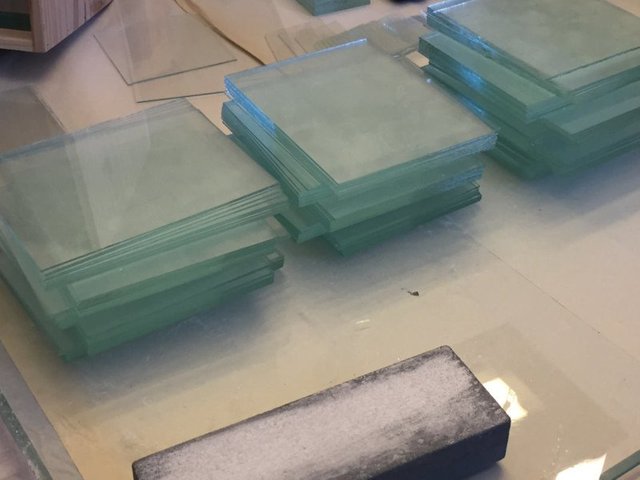
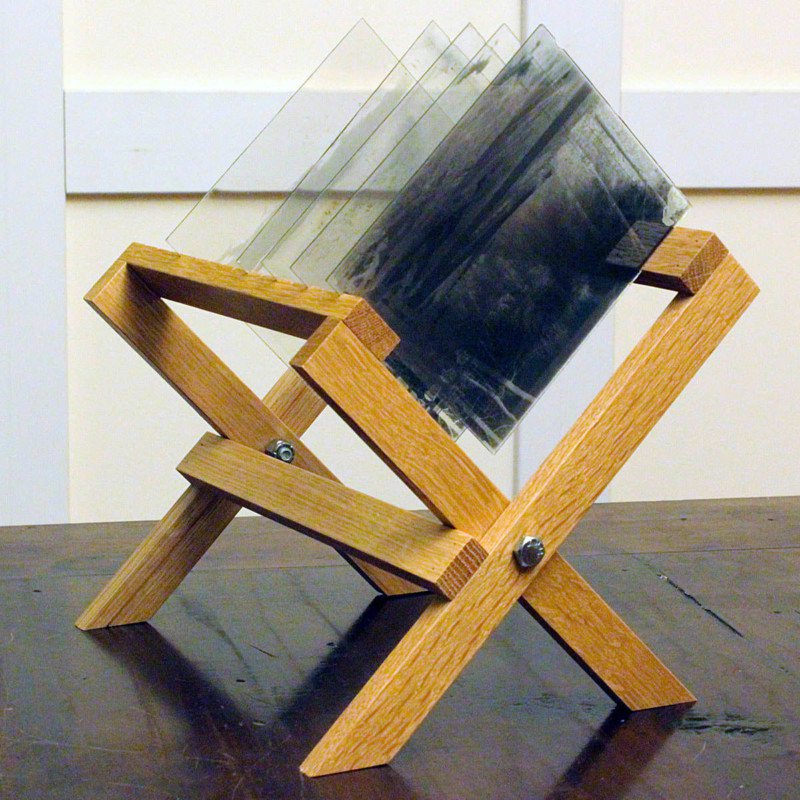
Dry glass plates, invented with the aid of Dr. Richard L. Maddox in 1871, had been a first-rate advancement for photographers who until then were normally using the wet collodion system. wet collodion required to be poured just earlier than taking the picture and advanced shortly later on, something as a substitute tough and time-eating outside of a studio surroundings.
Dry glass plates instead, being pre-covered with a light-touchy gelatin may be without difficulty transported to external locations and the pics evolved at a later time, again in the darkroom, significantly helping photographers to expand their commercial enterprise in out of doors locations. you may respect a almost unknown itinerant seed seller-photographer excellent dry plates photos taken at the Italian Alps here.
whilst i'm familiar and feature practiced inside the past moist collodion photography, I too, a century later, find dry plates portability a first-rate advantage over tintypes. With dry plates, i'm able to even fly commercially, without having to worry about the stern airways regulations against the toxic and explosive moist collodion chemistry.
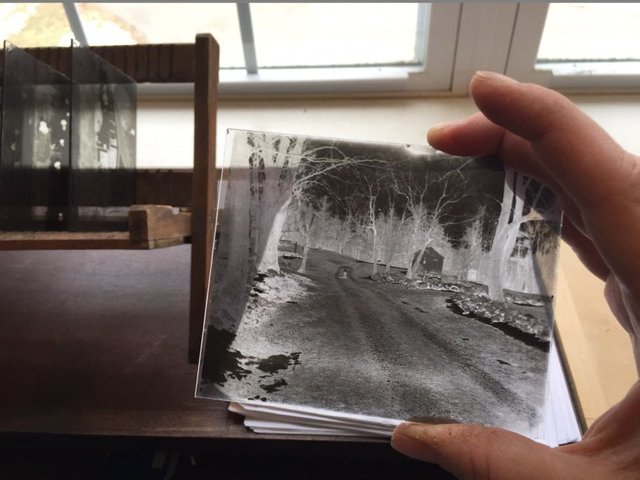
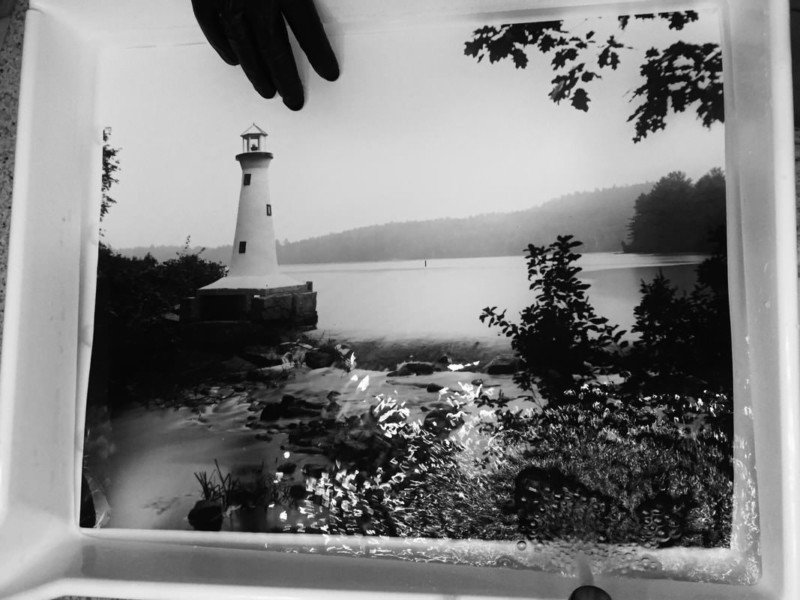
shooting these new vintage dry plates isn't always completely devoid of troubles, yet, however things are enhancing hastily. the primary batches had some flaws and coating problems however that, by now, has been absolutely resolved.
the man that made dry plates photography feasible once more is Mr. Jason Lane, a awesome optical engineer based in New Hampshire, who has a deep love and knowledge of photographic media and strategies from a bygone generation.
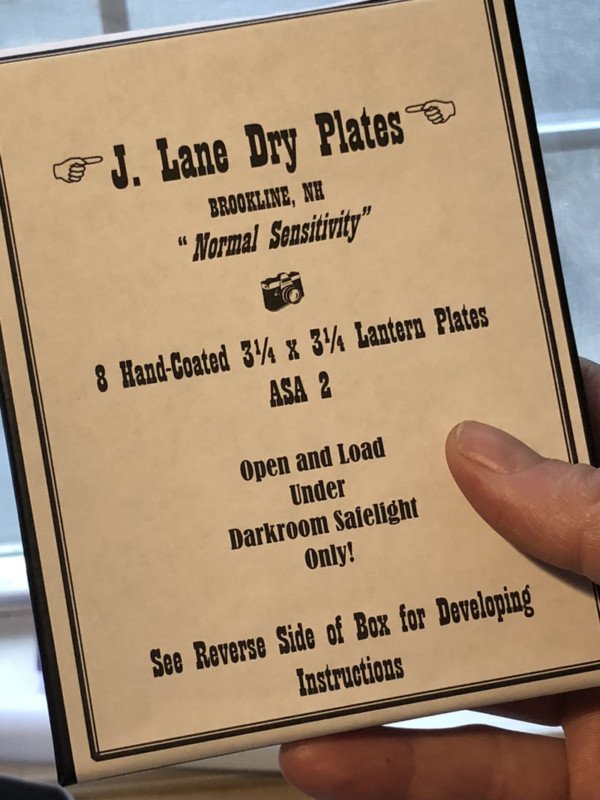
In a world that is often keen to forget and foolishly dismiss as useless many valuable assets from the heritage of mankind, not only in photography but also in everything else, including oral tradition, popular culture, and art, I find Mr. Lane’s work extremely remarkable and inspiring.
Your post is interesting
Downvoting a post can decrease pending rewards and make it less visible. Common reasons:
Submit
Thanks
Downvoting a post can decrease pending rewards and make it less visible. Common reasons:
Submit
Amazingly beautiful . Everest of creativity is seen. Thanks for this upload . Peace
Downvoting a post can decrease pending rewards and make it less visible. Common reasons:
Submit
Thankyou follow please
Downvoting a post can decrease pending rewards and make it less visible. Common reasons:
Submit
kudos to dr. maddox and esp. to mr. lane for this image capturing method..maybe because of it being on glass and the amount of effort rendered, i find this type of photography actually awesome and somewhat classy.
Downvoting a post can decrease pending rewards and make it less visible. Common reasons:
Submit
Congratulations @khanjazzy! You have completed some achievement on Steemit and have been rewarded with new badge(s) :
Click on any badge to view your own Board of Honor on SteemitBoard.
To support your work, I also upvoted your post!
For more information about SteemitBoard, click here
If you no longer want to receive notifications, reply to this comment with the word
STOPDownvoting a post can decrease pending rewards and make it less visible. Common reasons:
Submit